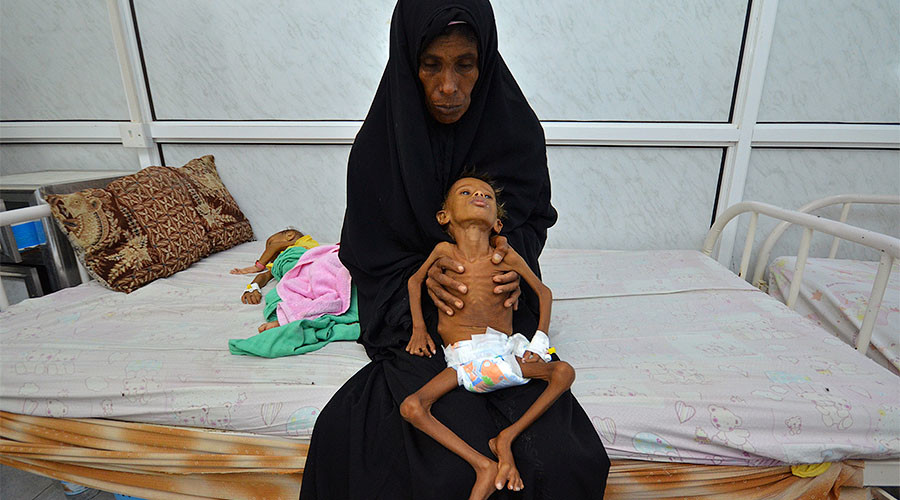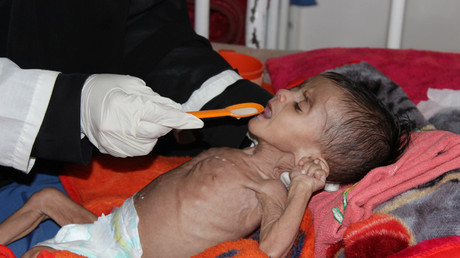A newly developed malnutrition-inflammation complex syndrome score revealed an association between a high score and increased risks of bone-cardiovascular axis disorders in patients receiving maintenance hemodialysis.
“Literature review suggests that both chronic inflammation and malnutrition are associated with the increased risks of morbidities. However, it remains unknown whether bone-cardiovascular axis is disordered in patients receiving maintenance hemodialysis,” Toshiaki Nakano, MD, PhD, from the department of medicine and clinical science, graduate school of medical sciences at Kyushu University in Japan, and colleagues wrote. “In the present study, we demonstrated for the first time the overall impact of malnutrition and inflammation on the derangement in the bone-cardiovascular axis, by developing a new score for malnutrition-inflammation complex syndrome (MICS) and analyzing the association between the MICS score and the risk of bone fractures, CVD events and the composite outcome in patients receiving maintenance hemodialysis.”

In a prospective, multicenter, observational cohort study, researchers evaluated 3,030 Japanese patients (median age was 64.4 years; 59.2% were men) receiving hemodialysis registered in the Q-Cohort Study.
Using a new nutrition and inflammation scoring system that measured age, serum levels of creatinine, albumin, C-reactive protein and BMI, researchers determined the correlation between each patient’s score and risk of bone fractures and cardiovascular events. The scoring system was developed with the bootstrapping technique, risk prediction rule and multivariable-adjusted Cox proportional hazard model for all-cause mortality.
A total of 140 patients experienced bone fractures and 539 patients developed cardiovascular events by the 4-year follow-up. The median MICS score was 196 and models revealed a higher MICS score was associated with risks of bone fractures, the composite outcome and cardiovascular disease events in patients receiving hemodialysis.
According to the researchers, limitations of the study included a one-time measurement of the parameters used to create the MICS score.
“In conclusion, we developed an objective score reflecting the concept of MICS in patients receiving hemodialysis and showed that malnutrition and inflammatory status determined by the MICS score was strongly associated with increased risks of bone fractures, CVD events, and the composite outcome in patients undergoing hemodialysis,” Nakano and colleagues wrote. “Further studies are necessary to determine whether interventions for malnutrition and inflammation can decrease the incidence of events related to the deterioration of the bone-cardiovascular axis in patients receiving hemodialysis.”



